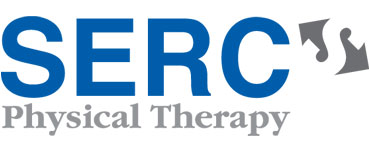ACL Injury Prevention
What is an ACL Injury?
The ACL or anterior cruciate ligament is a knee ligament that attaches from the back of the femur (thigh) to the front of the tibia (lower leg) to prevent motion of the tibia on the femur. The ACL is injured when the force to the knee exceeds the ability of the ligament to stabilize it. While an injury can occur from a traumatic event, such as a direct hit to the knee, it is more commonly injured through non-contact mechanisms. This may include hyperextension, an abrupt change in direction, twisting or a combination of these motions. Activities that involve jumping and landing, open field running and cutting or deceleration moves may result in injury.
Who is at Risk for an ACL Injury?
There are approximately 250,000 ACL injuries in the United States each year. According to the Center for Injury and Research, women and girls are about 4-8 more times more likely to tear their ACL than men in practice and competition and account for more than 50% of knee injuries. Soccer, football, and basketball are the sports most commonly associated with an ACL injury.
How Can I Decrease the Risk of an ACL Injury?
ACL injury prevention programs have been developed to assist with prevention of knee and lower extremity injury. These programs typically consist of a warm-up to increase body temperature and blood flow to the muscles; stretching to the lower extremity including hamstrings, hip flexors, calves and quadriceps; plyometrics or jump training that focus on improving landing and power; and agility drills focused on coordination, speed and balance designed specifically for your sport.
*Services are not available at all locations. Call or click the location page near you for that center’s services.
What to Expect
Every patient has a unique health history, diagnosis and personal goals. When you come for your first appointment, we will create a personalized treatment plan for you.
We work with most major insurance providers and do our best to help keep the paperwork pain-free. If you’d like to confirm your insurance coverage, please let us know and we can verify when you schedule. If your insurance provider requires a co-pay, we will ask for this payment at each visit. We accept payments by cash, check or credit card.
When to Arrive
On average, a patient’s first visit lasts about an hour. We typically ask patients to arrive 15 minutes early to sign-in, complete paperwork and/or change clothes.
What to Bring
On your first visit, you’ll need to bring your physician referral or prescription (if needed), your insurance card, your primary registration forms, your ID or driver’s license and your co-payment (as applicable). If desired, you may bring a change of clothing.
How it Works
During your first visit, your physical therapist will do an initial evaluation and discuss your plan of care. The therapist uses this information to set goals for your continued treatment. Physical therapy goals may include improved movement, strength, endurance and flexibility, as well as decreased pain. Your subsequent visits will focus on treatment that is based on your diagnosis and individualized goals.
